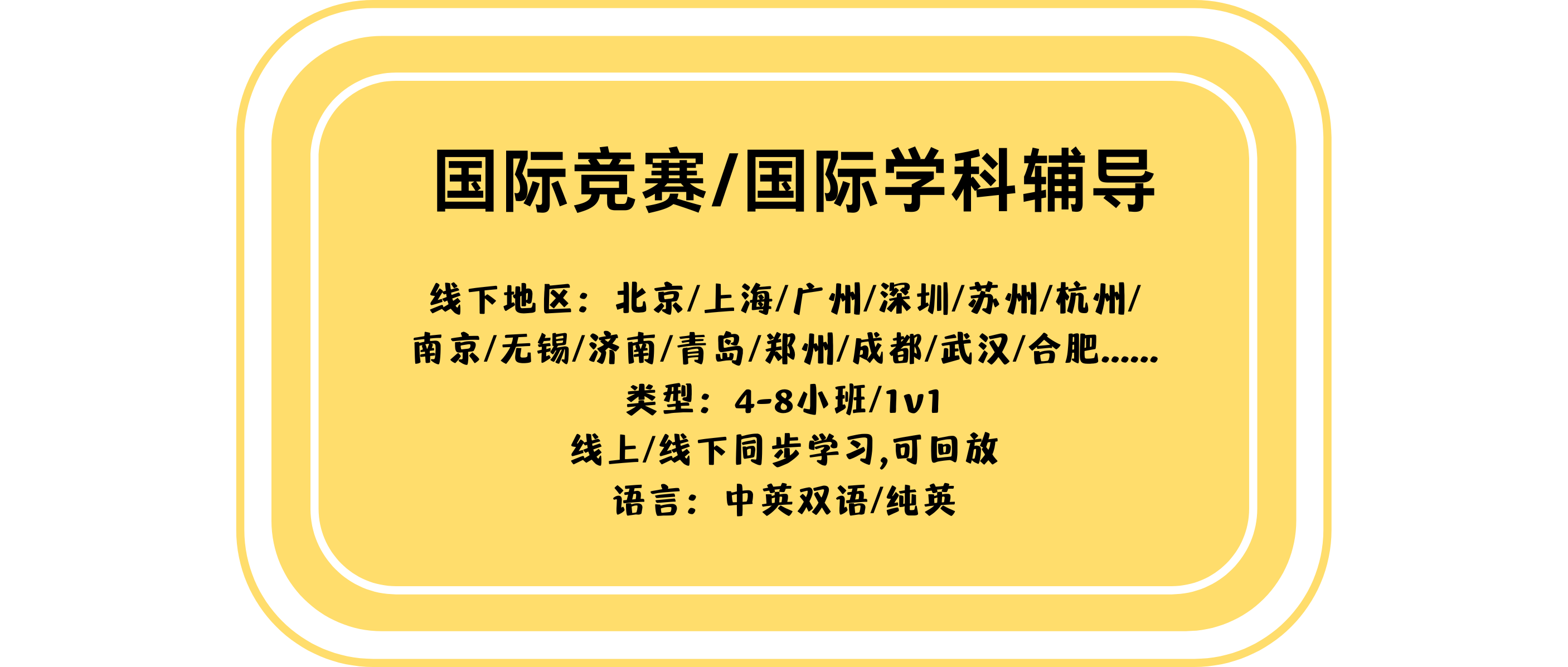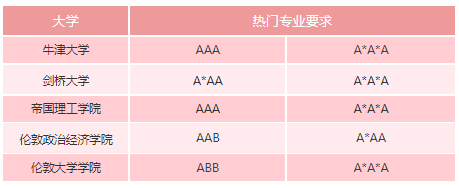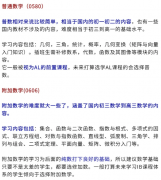您现在的位置是:主页 > G5计划 > 英本 >
ALEVEL CS总复习:第一单元背诵要点
发布时间:2024-02-27 16:57:05浏览量:次
摘要:计算机科学有什么重难点?需要背诵的有哪些?
|
Number Representation
|
|
Binary |
|
base two number system based on the values 0 and 1 only. |
|
Bit |
|
A digit in the binary number system wirtten using either of the symbols 0 and 1 Kibi: a prefix representing the factor 210 (1024) written as the symbol Ki Mebi: a prefix rep resenting the factor 220 (1048576) written as the symbol Mi Gibi: a prefix representing the factor 230 written as the symbol Gi
|
|
One’s complement |
|
each binary digit in a number is reversed to allow both negative and positive numbers to be represented. |
|
Two’s complement |
|
each binary digit is reversed and 1 is added in right-most position to produce another method of representing positive and negative numbers. |
|
Binary-coded decimal (BCD) |
|
number system that uses 4 bits to represent each denary digit. |
|
Overflow |
|
a condition when the result of a calculation is too large to fit into the number of bits defined for storage. |
|
Character set |
|
a list of characters that have been defined by computer hardware and software. It is necessary to have a method of coding, so that the computer can understand human characters.
|
|
The differences between the ASCII and Unicode character sets. |
|
• UNICODE has greater range of characters than ASCII • UNICODE represents most written languages in the world while ASCII does not ASCII used for English only • ASCII uses 7 or 8 bits or one byte whereas UNICODE uses up to 4 bytes per character • UNICODE is standardised while ASCII is not |
|
Lossless Compression |
|
Type of compression that allows original data to be perfectly reconstructed from compression |
|
Lossy Compression |
|
type of compression in which file accuracy is low, but file size is smaller than lossless
|
|
Run-length encoding 也是一种无损压缩方式
|
|
compression in which sequences with same data value in many consecutive values are stored as a single data value and count
|
|
Bit-map image |
|
system that uses pixels to make up an image.
与位图相关的概念:
Pixel – smallest picture element that makes up an image. Colour depth – number of bits used to represent the colours in a pixel, e.g. 8 bit colour depth can represent 28 = 256 colours. Bit depth – number of bits used to represent the smallest unit in, for example, a sound or image file – the larger the bit depth, the better the quality of the sound or colour image. Image resolution图像分辨率 – number of pixels that make up an image, for example, an image could contain 4096 × 3192 pixels (12738656 pixels in total).
|
|
File header |
|
Specifies the image size, number of colours, and other data needed to display an image
|
|
Screen resolution |
|
number of horizontal and vertical pixels that make up a screen display. If the screenresolution is smaller than the image resolution, the whole image cannot be shown on the screen, or the original image will become lower quality. |
|
Vector graphics |
|
images that use 2D points to describe lines and curves and their properties that are grouped to form geometric shapes. • Objects and properties are stored mathematically. • Drawing list: set of commands used to define a vector • Vectors are scalable and do not pixelate like a bitmap image therefore are used by corporations to create logos as they can be resized without losing quality |
|
位图和矢量图的对比 |
|
|
|
Bitmaps may use compression techniques to reduce the file size. Explain the difference between ‘lossless’ and ‘lossy’ techniques for achieving this compression. |
|
•A bitmap may contain the same sequence of pixels (i.e. a pattern) repeated many times. •A lossless technique is designed to lose none of the original detail. •Lossy may result in a loss of detail. •One lossless technique is ‘run-length encoding/store the colour and the number of consecutive pixels of that colour’. JPEG and GIF file formats use RLE (i.e. a lossless technique). •Lossy techniques make a decision about what parts of the image are important and then discard certain information.
|
|
声音(sound)专业术语 |
|
Sampling resolution |
|
number of bits used to represent sound amplitude (also known as bit depth). |
|
Sampling rate |
|
number of sound samples taken per second. |
|
A student has recorded a sound track for a short film. Explain how an analogue sound wave is sampled to convert it into digital format. |
|
• Amplitude (of the sound wave) measured • At set / regular time intervals / per time unit / time period • Value of the sample is recorded as a binary number |

上一篇:ALEVEL CS高分养成记
下一篇:没有了










